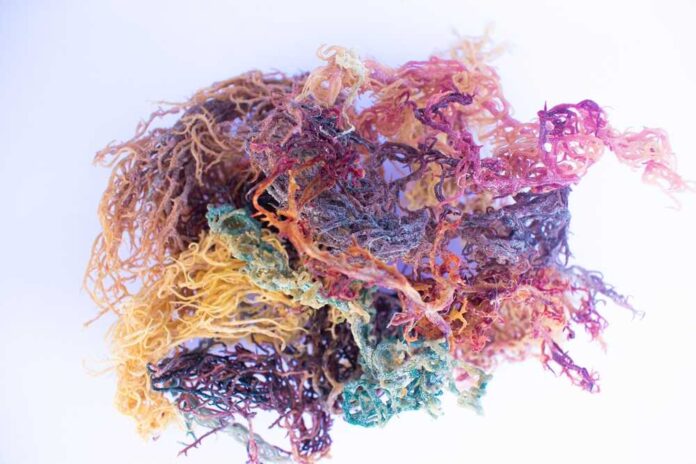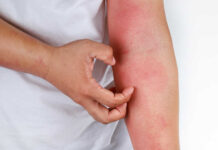
Seaweed might not be the first food that comes to mind when you’re thinking about eating something healthy. But it turns out that many types of seaweed are actually packed with vital nutrients and offer a variety of health benefits.
One type of seaweed, sea moss (also called red seaweed or Irish moss), has become increasingly popular in recent years as a health food.
What Is Sea Moss?
Sea moss is a type of algae that grows along the coastline of the northern Atlantic Ocean.
It has a mild flavor and a gelatinous texture that is often used as a thickening agent in soups and stews. It can also be used to extract carrageenan, which is a common additive in baked goods and cosmetic products.
Sea moss is a good source of several nutrients, including:
- Vitamin B2
- Vitamin B12
- Calcium
- Chromium
- Magnesium
- Zinc
- Iodine
Might Help Prevent Parkinson’s Disease
Since sea moss has only recently become more popular, little clinical research has been conducted on its health effects.
However, initial studies in animal models suggest that it may provide some important neuroprotective effects.
Parkinson’s disease is the second most common neurodegenerative disease after Alzheimer’s. It is characterized by the loss of dopaminergic neurons in the brain, which leads to impaired motor function.
Sea moss may be able to prevent that neuron loss, as well as decrease the accumulation of the α-synuclein proteins that contribute to the development of Parkinson’s.
This has not yet been confirmed in human trials. Still, the initial results from animal research suggest that sea moss extracts may open new opportunities for preventing and treating Parkinson’s disease.
Sea Moss for Immune Health
Sea moss provides several important vitamins and minerals for immune function, including zinc, magnesium, iodine, and vitamins B2 and B12.
It also contains compounds that appear to provide antimicrobial effects. One animal study even found that sea moss extracts may help protect against Salmonella infections.
This research is still in the early stages, but it suggests that sea moss may have some potential as an immune-boosting food.
How To Prepare Sea Moss
Sea moss may not yet be available everywhere, but it is becoming more widely available in health food stores and online.
To prepare it for eating, you will typically need to soak it for 24 hours, changing out the water frequently. At this point, it will have doubled in size, lost its color, and taken on a gelatinous texture.
Then it can be blended with water to make a thick, honey-colored liquid. This can be stored in the fridge for up to two weeks.
This gelatinous liquid is then used as a thickening agent in soups, stews, smoothies, and other recipes.
Sea moss may also be available in the form of supplement capsules. Not enough research has been done on how supplements may compare to other forms of sea moss.






















